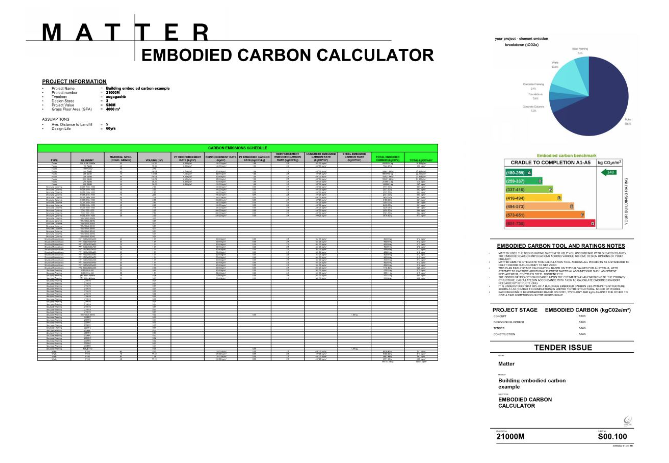The problem at hand (environment)
It was recorded at the end of 2021 that the built environment sector accounts for 39% of global emissions, revealing a strong opportunity to help Australia transition to a lower emissions economy.
Like most environmental concerns this problem is not linear with research now showing that by 2050 half of total emissions will come from new construction.
As a solutions-driven engineering firm, we feel an immense responsibility to embrace the facts and contribute to new practices in our pursuit of a greener building sector. CEFC recently announced that embodied carbon tracking in construction materials will be the next frontier to significantly tackle the problem at hand, an insight that has become the driving force behind our carbon tracking initiative.
Embodied carbon at a glance
Previous efforts have seen building and infrastructure projects focused on mitigating operational emissions, finding satisfaction in a greener occupancy stage rather than the direct footprint made by materials and structures.
The reality is that operational energy has become common industry practice and net zero commitments are more mainstream than ever. Now attention is turning to materials as it is understood that 80% of a building’s embodied carbon lies within its structure.
The untapped potential that lies within embodied carbon tracking is creating global momentum, with its power to address climate change early on in the project lifecycle.
Matter’s solution
In the background Matter has been developing embodied carbon tracking tools to improve our systems and produce accurate embodied carbon quantities for our projects during the design process.
Leaders in the industry, Matter is forefronting the digitisation of carbon neutrality, honouring our social and environmental responsibilities to work towards net zero as a wider industry.
Using the SCORS rating system developed in 2020 by the Institution’s Climate Emergency Task Group we are able to understand with greater clarity, the embodied carbon implications across project scheme design options. Concrete and steel are considered some of the more challenging materials to decarbonise so our mission has been to combat this challenge by maintaining the philosophy that ‘no matter is left unresolved.’
Matter aims to integrate this calculation tool across all projects as a standard to help towards our journey to net zero. The tool enables the practicing engineer to:
- Estimate the amount of carbon in different parts of the design
- Identify carbon hotspots and opportunities to target for material reduction
- Understand rough differences between different structural options
- Communicate decision-making impacts with the design team
Client-centric approach
Above all, this tracker shows our clients that they do not have to choose between saving money and protecting the environment. Instead, they can leverage the latest innovations contributing to greater decarbonisation of the built environment without incurring higher costs. It’s a win for the environment and the building sector.
Final Notes
Matter is proud to announce that we are now tracking embodied carbon on all of our projects through inbuilt data and analytics in our Revit models. By extracting carbon data values from our model elements, we are able to track and offer varying design solutions to reduce the embodied carbon on your project.
As we progress towards B-Corporation certification, we aim to promote efficient designs with sustainable outcomes. Our carbon tracker has helped push this value proposition further, bringing sustainability to projects through innovative engineering.
Associate Director at Matter, John Osmond, has been driving the initiative behind the scenes. His comment reads:
‘’At Matter we have been developing our Embodied Carbon tracking tools to digitise our systems to produce accurate embodied carbon quantities for our projects during the design process. This ties into our core values of being at the forefront of digitisation and innovation and our social and environmental responsibilities to work towards net zero as a wider industry.’’
